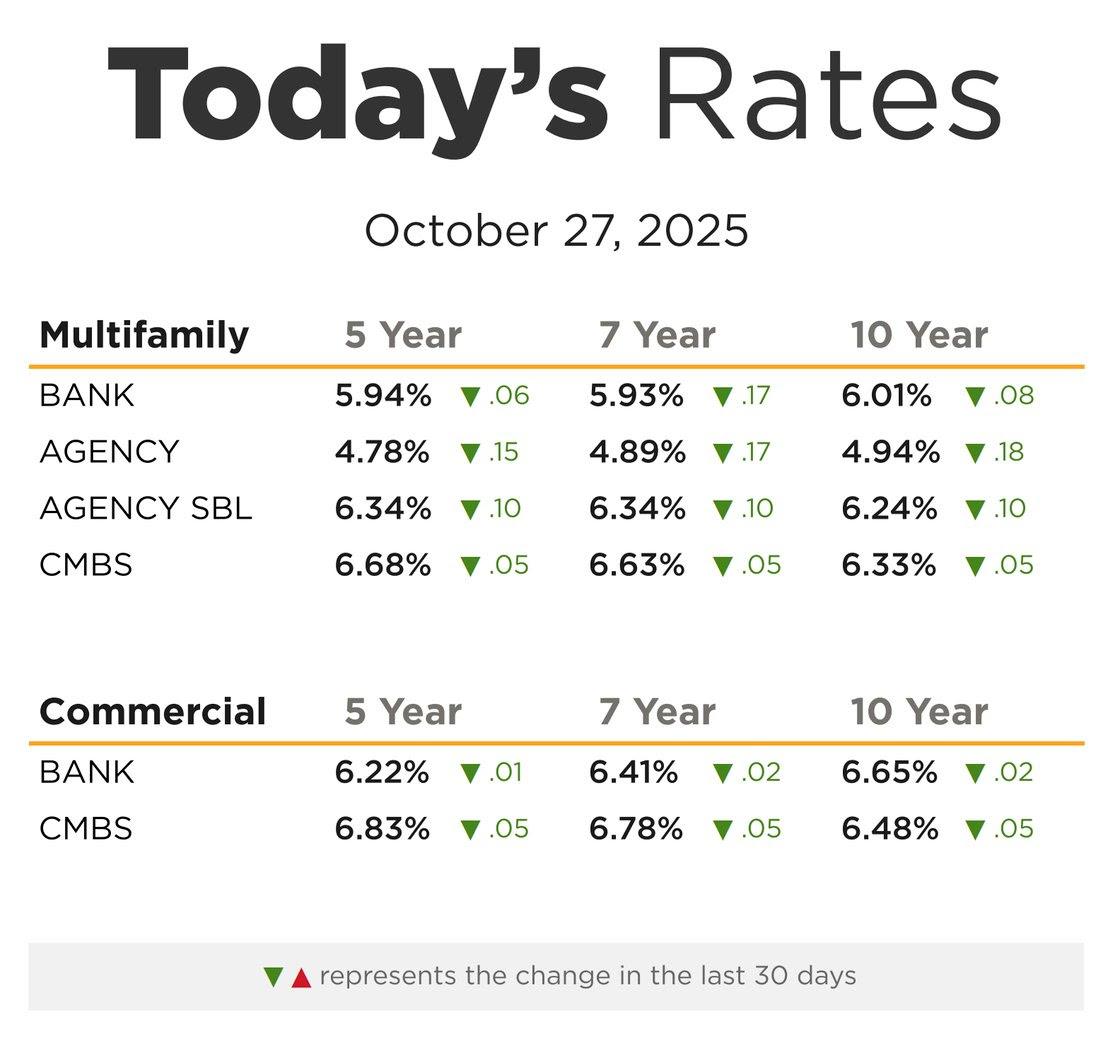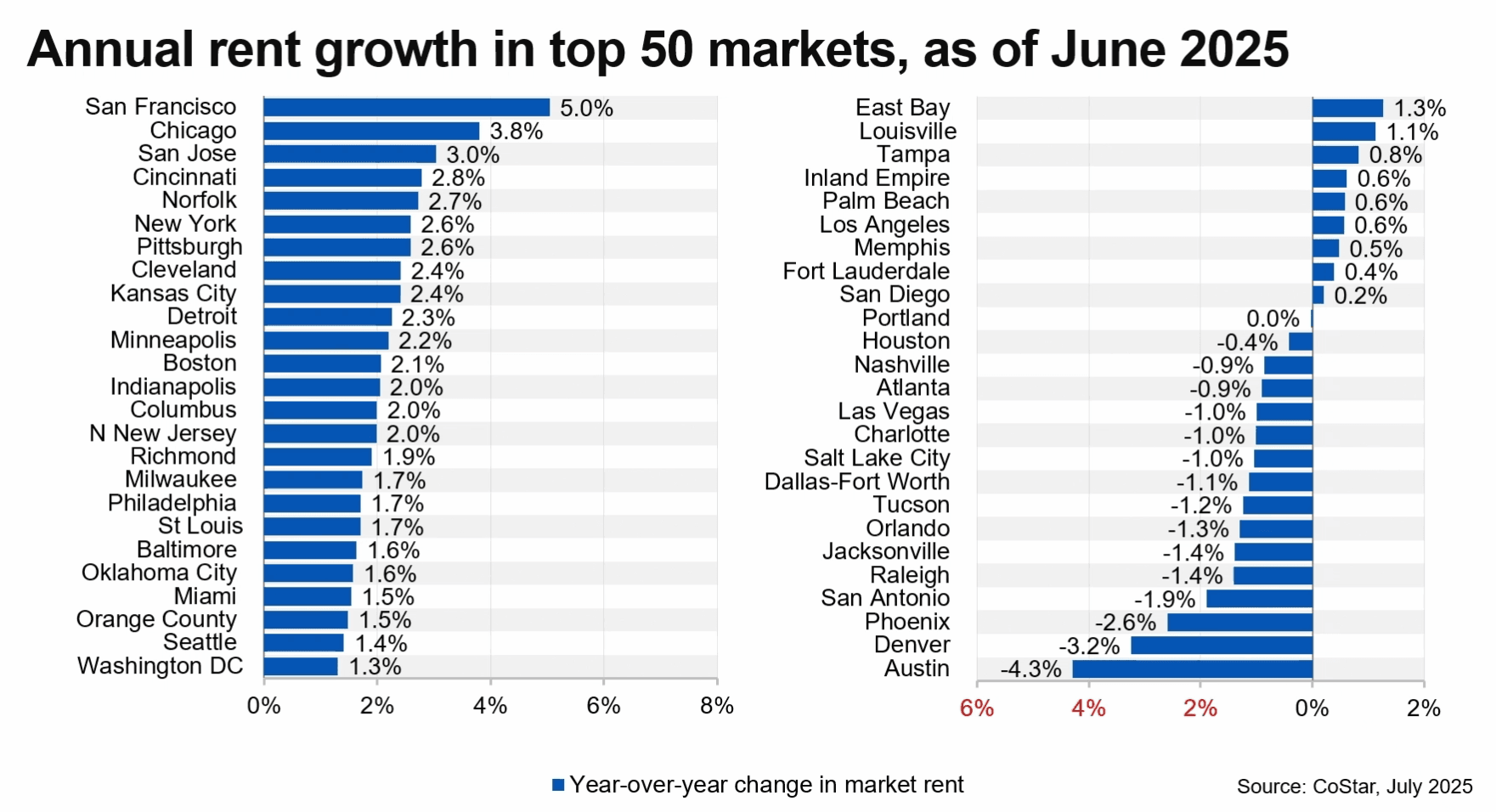Booming Construction Pipeline Edges Apartment Vacancy Up
Apartment conversions bring new life to old office buildings. Led by numerous corporate relocations from the suburbs, job growth in Chicago’s core has ignited apartment construction as young professionals seek an urban lifestyle. Development remains significantly elevated above the previous five-year average and will peak in 2018, placing upward pressure on vacancy metro-wide. While many high-rise structures will be added to the skyline, several developers are re-purposing old office spaces into rentals amid limited land availability in the core. The Century & Consumers Buildings and the Insurance Center Building are two of several projects slated to bring hundreds of apartments of converted office space online.
Vacancy tightens in northern Chicago suburbs. A wave of deliveries during the third quarter outpaced net absorption, lifting vacancy up in suburban Chicago. Despite the increase, vacancy is tight and has remained below 5 percent since 2008, highlighting steady demand in the suburbs. A few sub-markets defied the trend to register vacancy declines during the last 12 months, including the Far Northwest Chicago Suburbs and Lake County/Kenosha. Few completions and healthy demand led to a vacancy rate in the mid-2 percent area in both sub-markets.
INVESTMENT TRENDS
- Limited available inventory has many buyers scouring the market for stabilized properties in or near suburban downtowns with Metra access. As a result, assets in areas including Evanston and Naperville pique investors’ attention. First-year returns in the low-5 percent span can be found in both cities. Metro-wide, average cap rates are roughly 100 basis points higher.
- Properties north of The Loop and in downtown remain a popular target among buyers and trade at cap rates in the low-6 percent band in both locations. Higher initial returns in the low-8 percent span can be found in assets located in the South Lakefront sub-market.
- Rising tax rates within the city of Chicago may drive some owner to list their assets. Commercial real estate taxes will rise an estimated 9.3 percent.
SALES TRENDS
Older Vintage Apartment Properties Garner Buyer Attention
- Sales velocity ticked up 2.4 percent during the previous 12-month period. The average price during this time climbed 1 percent to $171,600 per apartment.
- The bulk of properties that changed hands were built prior to 1970 and comprised less than 100 units. Cap rates in these assets typically averaged in the low-to mid-7 percent span.
Outlook: Buyers in the $1 million to $10 million price tranche will remain active, although widening pricing expectations between buyers and sellers may moderate deal flow moving forward.
CAPITAL MARKETS
By WILLIAM E. HUGHES, Senior Vice President, Marcus & Millichap Capital Corporation
- Monetary policy in transition. Despite the Fed raising its benchmark short-term rate three times in seven months and signaling another rise before the end of the year, long-term rates have remained stable. The yield on the 10-year U.S. Treasury bond remained in the low- to mid-2 percent range throughout the third quarter of 2017. The Federal Reserve wants to normalize monetary policy and, in addition to raising its funds (or overnight lending) rate, has announced it will begin to taper its balance sheet by allowing an initial $10 billion in securities to mature without reinvestment. By reducing its acquisitions of securities, 10-year Treasury rates should drift upward, thereby widening the spread between short- and long-term rates.
- Increase in interest rates over the course of the year, pushing up the cost of capital. While commercial real estate fundamentals remain strong, rising costs associated with debt financing will tighten the spread between cap rates and lending benchmarks.
This environment could weigh on transaction activity as investors evaluate their yield options. Cap rates have remained relatively stable over the last year, but upward movement in Treasury rates has amplified the expectation gap between buyers and sellers. - The capital markets environment continues to be highly competitive. Government agencies continue to consume the lion’s share, just slightly over 50 percent, of the apartment lending market. National and regional banks control approximately a quarter of the market. Growing uncertainty about federal policy and global geopolitical concerns are keeping long-term interest rates down with pricing residing in the 4 percent realm with maximum leverage of 80 percent. Portfolio lenders will typically require loan-to-value ratios closer to 75 percent with interest rates in the high-3 to mid-4 percent range. As uncertainty remains regarding the possibility of tax policy revision, rental demand remains strong with the national apartment vacancy at 4.5 percent.
View Full Report
Receive Market Insights
Periodic analysis on rents, pricing, cap rates, and transaction activity across Chicago and key suburban markets.




Join The Discussion